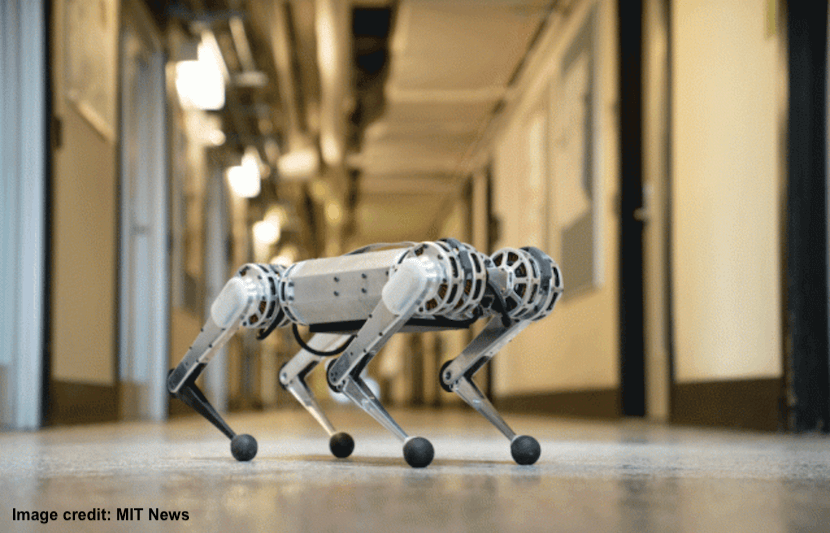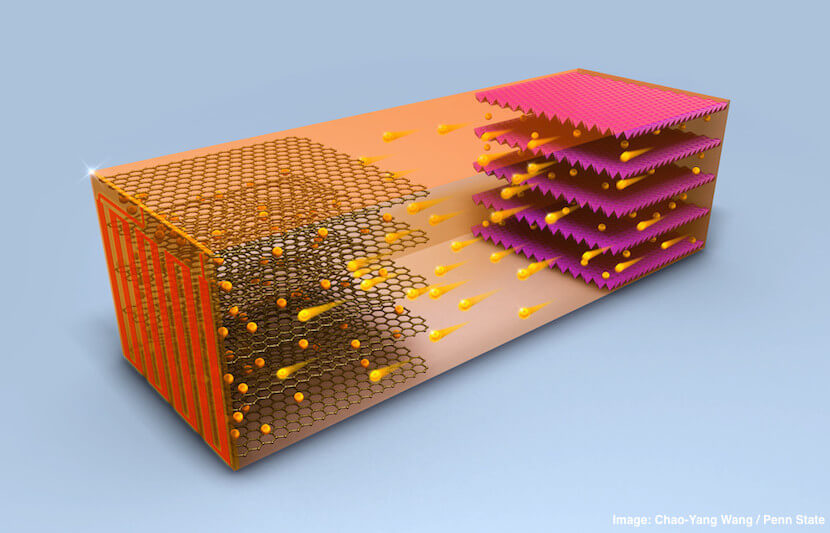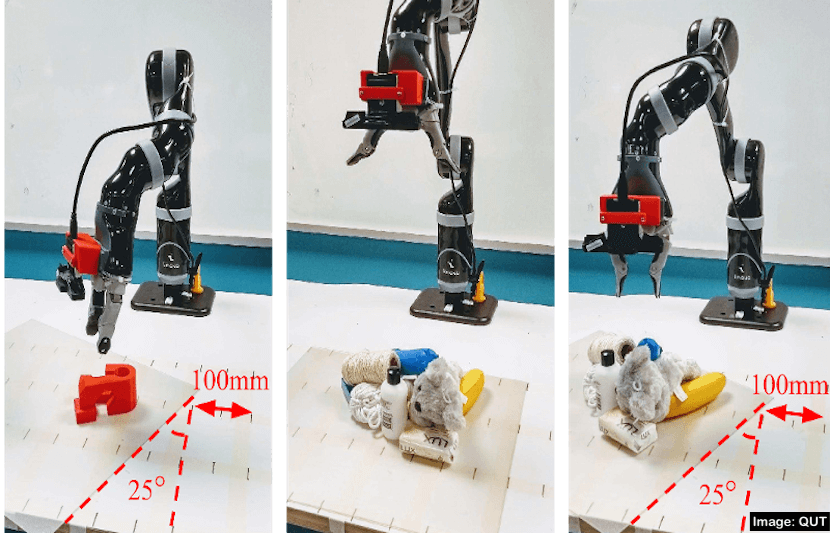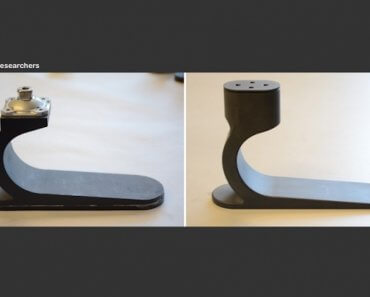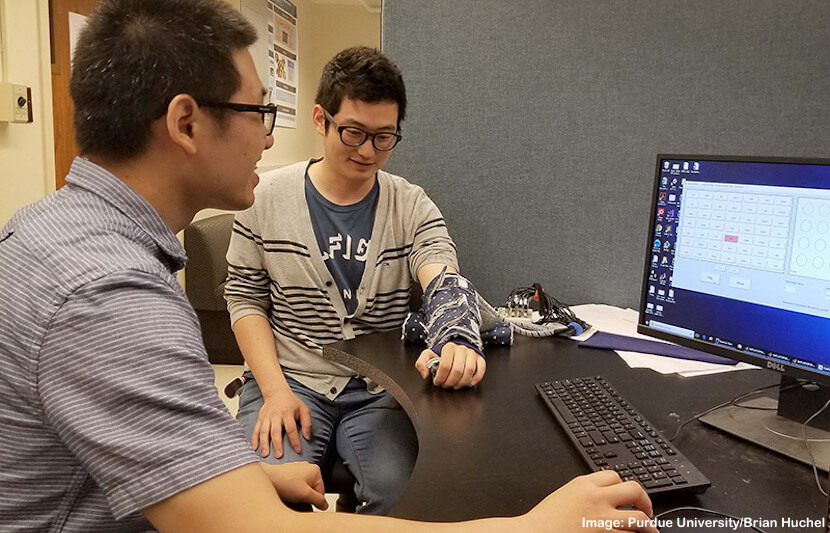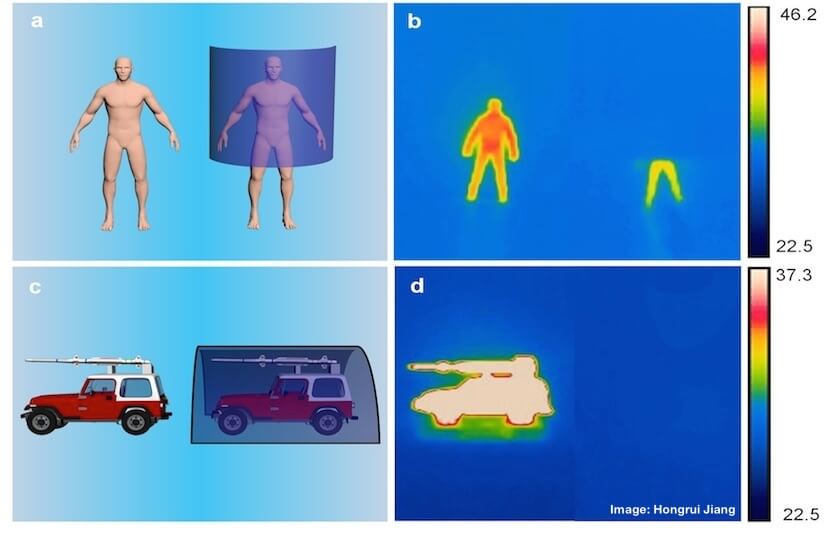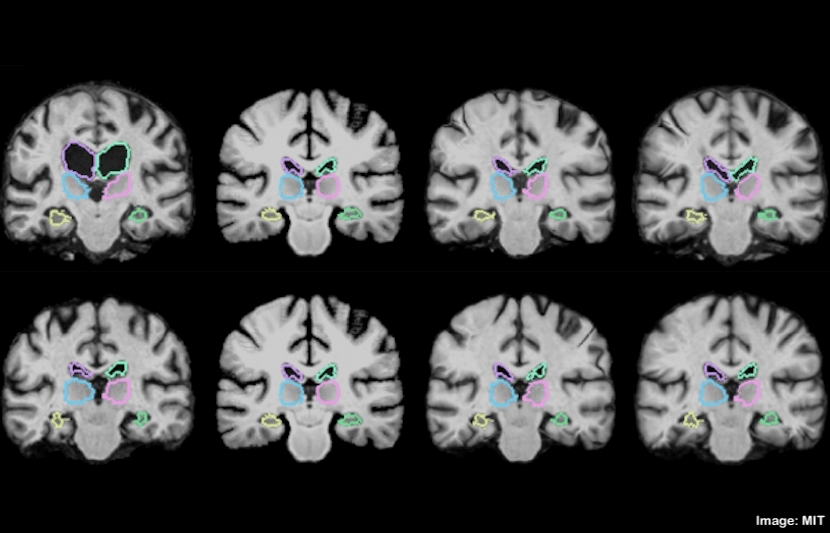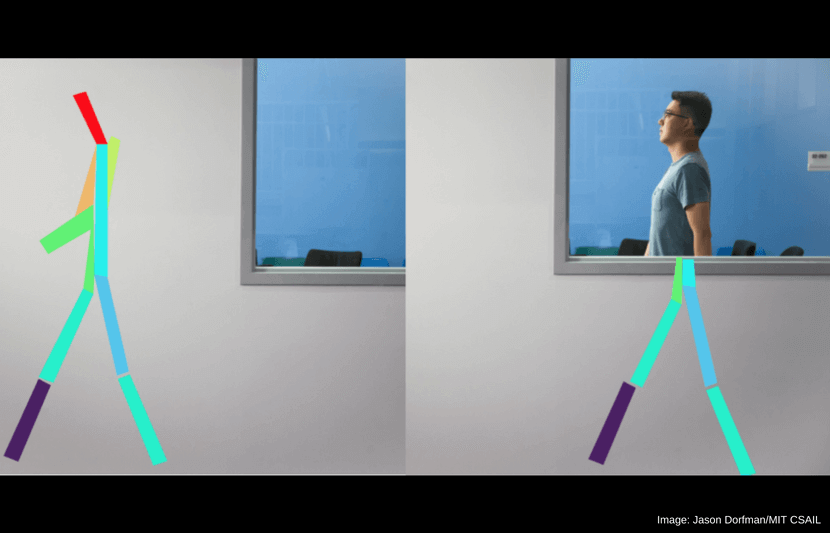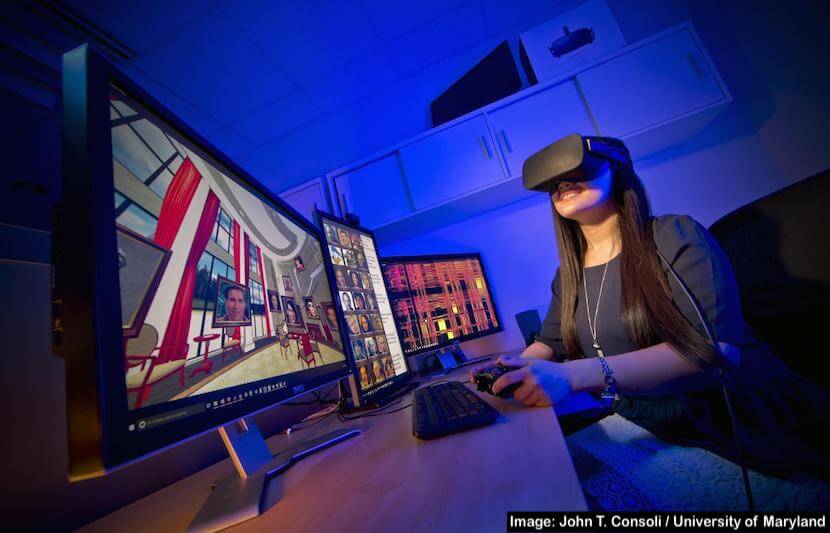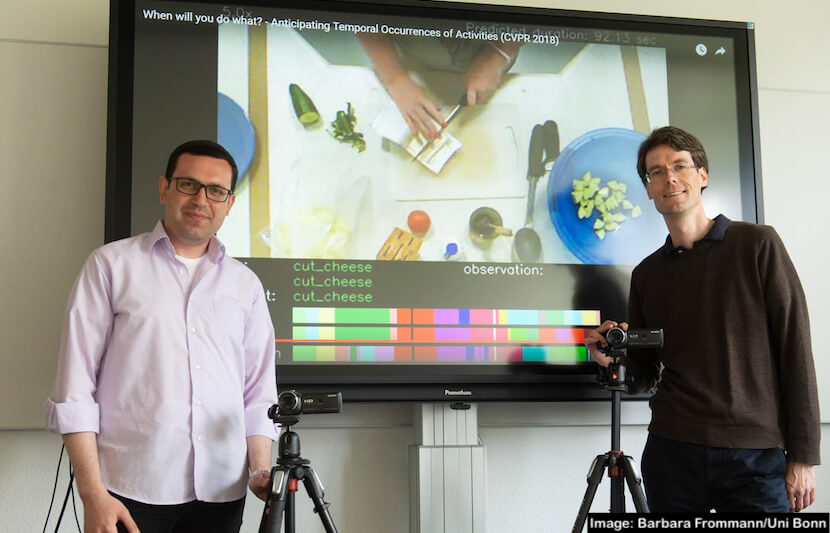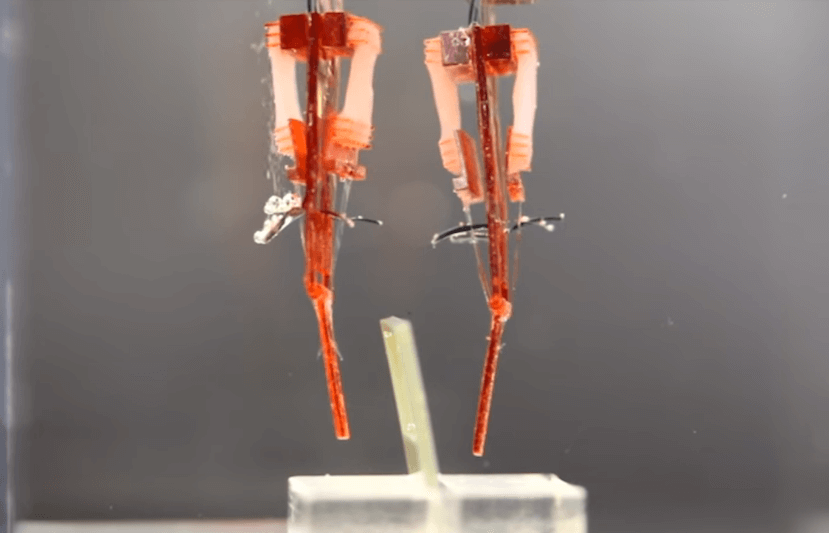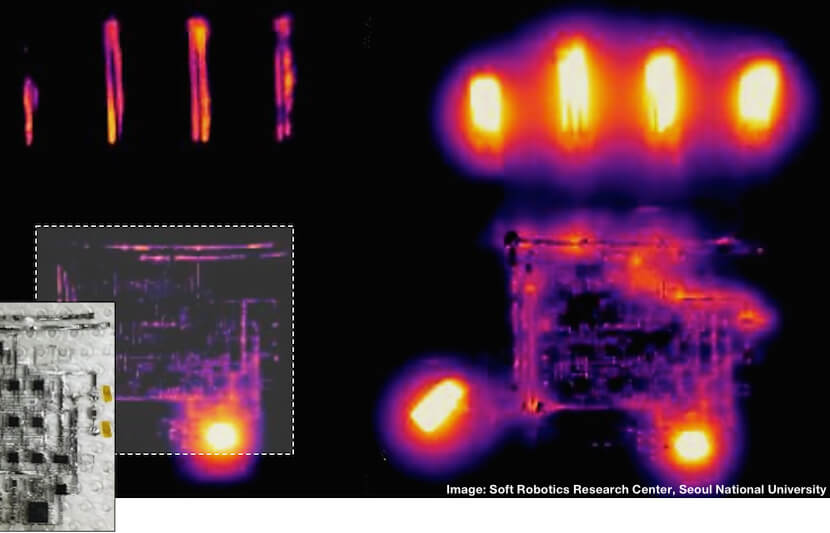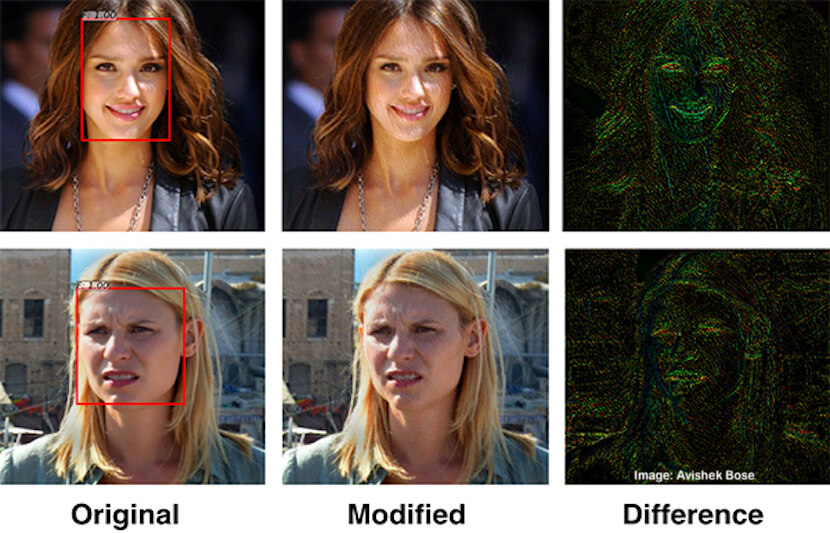-
Robotic Cheetah to Act as Emergency Responder
The robotic cheetah is one of the most popular inventions MIT has developed in the 21st century. Its design, speed, size, strength and jumping ability has made it a fan favorite and given it real-world applications. Now, a third generation robot, named the Cheetah 3, can travel swiftly across rough terrain, climb up stairs covered… Read More
-
Universities, Worldwide, Look to Blockchain to Back Up Credentials
Traditionally, when students decide to apply for a job or graduate school, or to transfer to another university, they need to contact their college bursar’s office for a copy of their transcript or academic record. This method is often not just time-consuming and inconvenient, but can also cost money — seeming like a last-ditch… Read More
-
Fast-Charging, Self-Heating Battery Set to Revolutionize Electric Vehicles
Penn State researchers have developed a self-heating car battery, capable of being rapidly charged in cold temperatures. This is a significant development since the weather is one of the biggest barriers that electric car companies face, and it could inspire more people living in cold-weather states, outside of sunny California, to purchase electric vehicles. Traditionally,… Read More
-
Why Robots Might Pack Your Next Amazon Order
A team of three roboticists from the Queensland University of Technology (QUT) has developed a faster and more accurate way for robots to grasp objects in real-time, opening doors for applications in both industrial and domestic settings. Their paper was presented at the Carnegie Mellon University’s international robotics conference, Robotics: Science and Systems, last week.… Read More
-
Revolutionary Low-Cost Prosthetic Foot Allows Amputees to Walk Naturally
Prosthetic limb technology has advanced greatly in recent years, but new designs can cost tens of thousands of dollars, leaving many amputees without affordable products. Now, engineers at MIT have developed a low-cost, passive prosthetic foot that can be customized to fit the individual and mimic an able-bodied walk. “[Walking] is something so core… Read More
-
Engineers Find Way to Send and Receive Messages Through The Skin
Instead of receiving information via smartphone, messages could one day be sent and read through a person’s skin, according to new research. Engineers at Purdue University, working with MIT and Facebook researchers, have developed a technique that can teach people to interpret nonverbal messages through an arm sleeve that sends haptic signals, such as a… Read More
-
Ultrathin Stealth Material Hides Objects From Infrared Detection
A team of researchers at the University of Wisconsin-Madison has developed an ultrathin stealth sheet — a real-life cloak of invisibility, unlike Harry Potter’s — that disguises objects from detection by infrared cameras. All warm objects — from human bodies to car engines — emit a certain amount of infrared light. The hotter the object,… Read More
-
New Algorithm Makes Analyzing Brain Scans 1,000 Times Faster
MIT researchers have built a machine-learning algorithm that can register MRI scans and other 3D images, and compare and analyze them in a matter of seconds. This reduces the traditional runtime of two hours or more down to just a second. Medical imaging, including MRI and CT scans, is not only a medical breakthrough, allowing… Read More
-
Scientists Print Medical Sensors onto Gummies
After nearly 100 years of satisfying the taste buds of kids and adults, alike, gummi bears may finally have a greater purpose. A team of researchers has developed a method to print microelectrode arrays onto gummy candies, gelatin and other soft substrates. This new method will provide a cheap, fast way to develop microelectrodes that… Read More
-
Artificial Intelligence Can See People Through Walls
In a groundbreaking new project, MIT researchers have developed a computerized system that uses artificial intelligence (AI) to see people through walls. “RF-Pose,” as they have dubbed the technology, functions as real-life X-ray vision. The technology uses a neural network to analyze radio frequencies that reverberate off people’s bodies. This allows the system to detect… Read More
-
Virtual Reality Can Help You Remember Better
People can remember information better when it is presented through an immersive, virtual reality (VR) experience rather than a two-dimensional platform, a new study suggests. Researchers at the University of Maryland conducted one of the first in-depth studies on the effects of learning through a virtual environment, pointing to the prospect of using VR technology… Read More
-
Computer Program Can See 5 Minutes Into the Future
Computer scientists from the University of Bonn in Germany have developed a self-learning computer program that can look several minutes into the future. This development will enable robots to anticipate the actions of humans, allowing machines to work side by side with people. “If the action a robot should do depends on the action… Read More
-
Scientists Create Real-Life Cyborg with Living Muscle
While a half-man, half-robot might seem like the epitome of science fiction, it’s a developing reality to a team of researchers at the University of Tokyo. The team has created a method to successfully grow and integrate living muscle into a robotic skeleton that can function for over a week. The result is a human-like… Read More
-
Researchers Develop Electronic Skin for Soft Robots
A team of engineers from Seoul National University has developed a skin-like electronic system for soft robots to move with more flexibility, making them safer around humans. Soft robotics is a subfield of robotics that aims to copy the way living organisms, such as human hands, move and adapt to their surroundings and tasks. Unlike… Read More
-
New ‘Privacy Filter’ Protects Online Personal Information
Every time you, your family or friends upload a photo or video to a social media platform, facial recognition algorithms learn more about who you are, who you know and where you are. To account for people’s privacy concerns, researchers at the University of Toronto (U of T) have developed an algorithm that can disrupt… Read More


